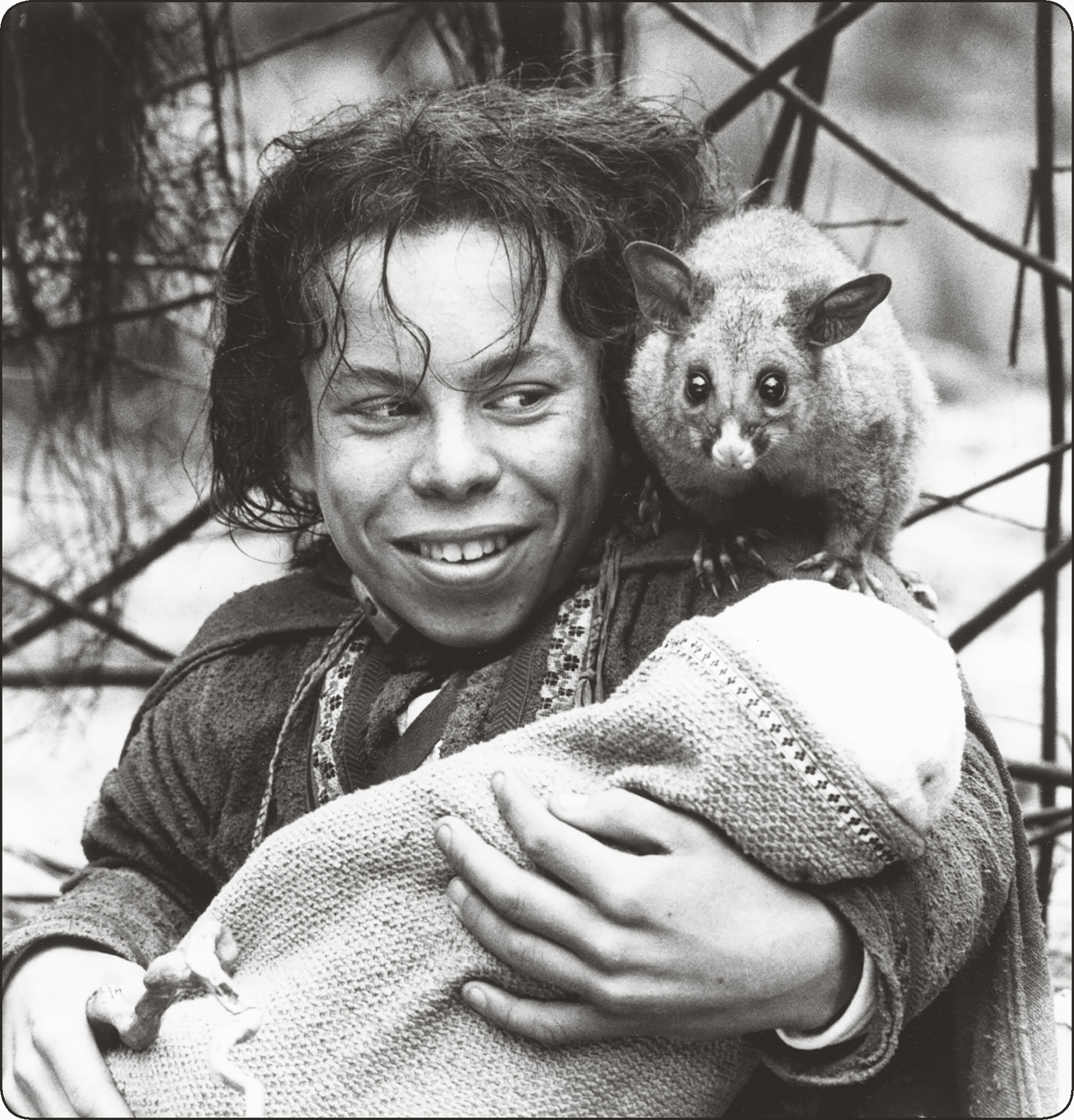
WILLOW 1988
 50%
50%
Directed by Ron Howard
Written by Bob Dolman and George Lucas
Starring Warwick Davis, Val Kilmer, Joanne Whalley, Jean Marsh, Patricia Hayes
Synopsis
Willow Ufgood, a farmer and would-be sorcerer, finds a baby who portends the end of the evil Queen Bavmorda’s reign. Willow goes on a quest to return the child, teaming up with expert swordsman Madmartigan, sorceress Fin Raziel, and, eventually, Bavmorda’s daughter Sorsha to keep the baby safe.
Why We Love It
George Lucas has cited Akira Kurosawa’s The Hidden Fortress and Tolkien’s Lord of the Rings as major influences on Star Wars; as the writer and producer of Willow, he brought those building blocks to bear on a more earthbound tale. Sure, like those aforementioned works, it’s the story of a ragtag bunch who undertake an epic journey to stop the bad guys and rescue someone from an impregnable stronghold. And what’s wrong with that? Plenty of fantasy stories recycle the same basic elements. But Willow was special for a couple of reasons.
First, its state-of-the-art digital morphing effects from Industrial Light & Magic. The revolutionary effects created the illusion of Fin Raziel (Patricia Hayes) transforming into a variety of animals before being changed back into a human (the technique would later be used to mind-blowing effect in Michael Jackson’s “Black or White” music video). Second, and more importantly, its cast was terrific. Teenaged Warwick Davis was tasked with carrying the whole film, and he did so in endlessly appealing fashion. As Madmartigan, Val Kilmer swashbuckled with an easy, raffish charm that recalled both Han Solo and Kilmer’s own work in Top Secret. And despite their limited screen time, Joanne Whalley, Patricia Hayes, and especially Jean Marsh managed to imbue their archetypal characters with heart and soul. (Even the baby actors are great!) Those kids who had only seen Star Wars on VHS (and who had yet to memorize every line from The Princess Bride) were utterly enchanted by Willow when it was released in 1988.
So why was Willow considered such a disappointment? Well, for one thing, the world expected a whole lot more from Lucas and director Ron Howard (who had already hit with Splash and Cocoon). Given the power that the Star Wars universe had on the collective imagination, it would be too much to expect Lucas to craft another fantastic tale with the same richness. But critics found the whole thing less classic than generic, a mishmash of familiar elements that lacked the magic and emotional pull of his famed trilogy, with a shortage of memorable dialogue and a pair of elven sidekicks who provided intrusive, incessant comic relief. (Lucas was famously stung by the bad reviews, but he probably didn’t help himself by naming the main henchman “General Kael,” after the legendary New Yorker critic Pauline Kael.) The public essentially agreed, and Willow was soon eclipsed at the box office by the likes of Big, Who Framed Roger Rabbit, and, uh, Crocodile Dundee II.
Willow failed to spawn the kind of cross-platform phenomenon Lucas and Howard probably hoped for, but it lingered in the hearts of a devoted cult that found it a guileless charmer rather than the soulless retread it was labeled in 1988. Those devotees may be rewarded in the near future, as Howard has said he’d love to make a sequel.